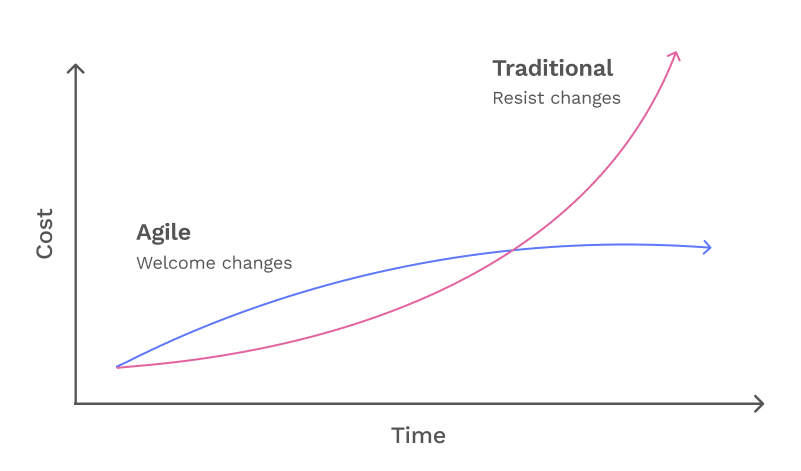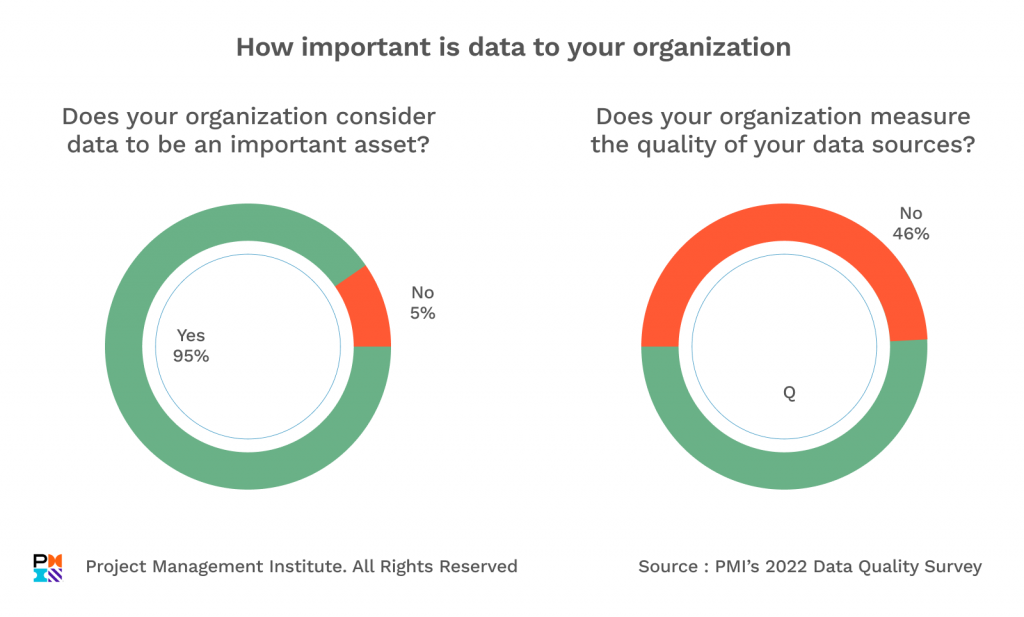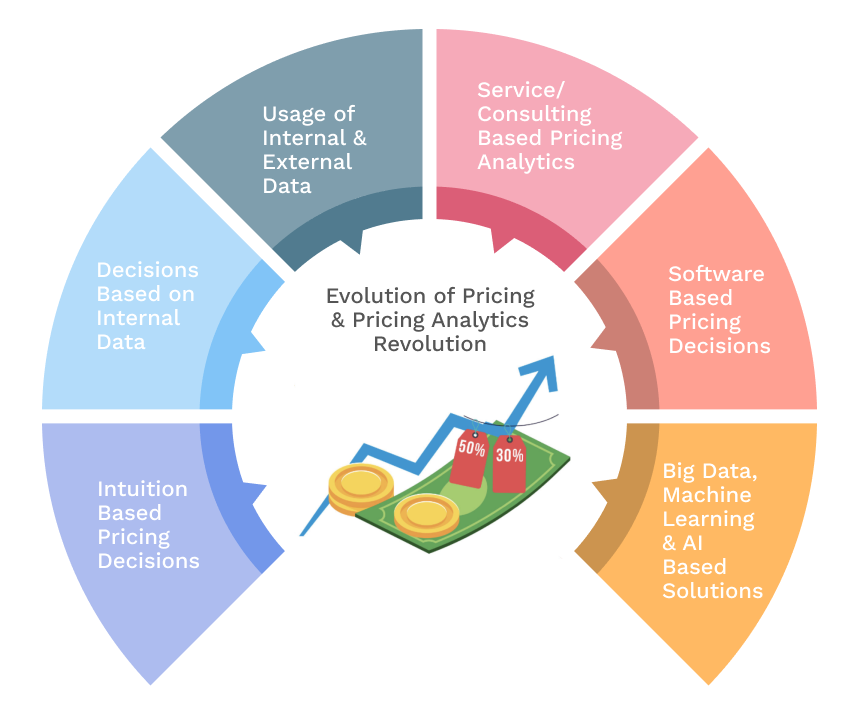Agile Pricing: An In-Depth Guide for 2023
Agile Pricing: An In-Depth Guide for 2023
As consumers become more discerning and technology continues to evolve, businesses are constantly seeking innovative strategies to maintain a competitive edge. One such strategy that has taken the stage is agile pricing.
This dynamic approach to pricing isn’t just about numbers; It’s about understanding the pulse of the market, anticipating changes, and making swift decisions that benefit both the business and its consumers.
In this blog post, we’ll dive deep into the world of agile pricing, exploring its significance, how to adopt it, and the tools that can supercharge its implementation. Whether you’re a seasoned eCommerce veteran or just starting out, understanding agile pricing could be the key to unlocking your business’s next level of success.
Quick Takeaways
- Agile pricing is a dynamic strategy that adjusts prices in real-time based on market factors, offering more flexibility than traditional models.
- In today’s tech-savvy consumer landscape, agile pricing ensures quick market response, profit maximization, and enhanced customer trust.
- Businesses must discern the difference between perceived and real competitors, using accurate data for effective navigation.
- Technology-driven pricing tools offer predictive analytics, real-time adjustments, and seamless business integrations, ensuring competitiveness and profitability.
Setting the Stage for Agile Pricing
In the world of eCommerce, the ability to adapt and respond to market changes is non-negotiable. Agile pricing is a strategy that’s already helping 71% of U.S. companies succeed, delivering value to both businesses and its customers.
What is Agile Pricing?
Agile pricing is a dynamic pricing strategy that embodies flexibility, responsiveness, and a keen understanding of market dynamics. It allows businesses to adjust their prices in real-time based on several key factors, like:
- Shifts in demand and supply
- Competitor actions
- Broader market trends
Unlike static pricing models of the past, agile pricing is fluid, constantly evolving and driven by real-time data. Because of this, companies that adopt agile pricing experience an average of 60% growth in revenue.

The Significance in Today’s Market
The digital age has introduced a new era of consumer behavior. Today’s consumers are well-informed, tech-savvy, and have a world of choices at their fingertips. With the ability to compare prices, read reviews, and switch brands within seconds, businesses can’t afford to stay stagnant in their pricing strategies.
Agile pricing addresses this challenge head-on. It allows businesses to:
- Respond quickly. Whether it’s a sudden surge in demand for a product or a competitor slashing their prices, agile pricing allows businesses to react swiftly, ensuring they remain competitive and relevant.
- Maximize profits. By adjusting prices based on real-time data, businesses can capitalize on peak demand periods and avoid leaving money on the table.
- Enhance customer satisfaction. By offering competitive and fair prices, businesses can foster trust and loyalty among their customer base.
Adopting Agile Pricing
Before transitioning to agile pricing, businesses must make sure they have:
- Alignment with broader business objectives. Any pricing strategy, agile or otherwise, should align with the company’s broader goals, whether it’s market penetration, revenue maximization, or brand positioning.
- Understanding of market dynamics. A keen grasp of the market landscape, including competitor actions, consumer behavior, and external factors like economic conditions, is crucial.
- Technological readiness. The right tools and software are essential to execute agile pricing effectively.

Recognizing and Navigating Real Competitors
Every business, regardless of its size or niche, will encounter a multitude of competitors online. However, not all of them pose the same level of threat. Here’s the distinction:
- Perceived competitors: These are businesses that, on the surface, seem to be in direct competition with you. They might offer similar products or target the same demographic. However, upon closer inspection, their value proposition, market positioning, or target audience might differ significantly from yours.
- Real competitors: These are businesses that directly compete with you in terms of product, pricing, target audience, and market positioning. They are the ones vying for the same customer base and can directly impact your market share.
The Role of Accurate and Timely Data
Information is power. To identify and navigate real competitors, businesses need access to accurate data. According to a recent survey, 95% of participating organizations believe that data is an important asset, yet only 54% measure the quality of their data sources.

Regularly analyzing the market helps businesses identify emerging competitors and assess the threat level they pose. Monitoring competitors’ pricing strategies can provide insights into their business objectives and how they perceive the market.
Understanding what drives consumers to choose one brand over another can also shed light on who your real competitors are. For example, if consumers are flocking to a competitor because of a unique feature they offer, it’s a clear sign that they are a force to be reckoned with.
Strategies for Staying Ahead
Once real competitors are identified, the next step is to implement strategies to navigate the competitive landscape:
- Continuous monitoring. Use tools and software that provide real-time insights into competitors’ activities, from product launches to marketing campaigns.
- Differentiation. Establish a unique value proposition that sets your business apart. This could be in the form of product innovation, exceptional customer service, or a unique brand story.
- Rapid response mechanism. Develop mechanisms that allow your business to respond quickly to competitors’ moves, whether it’s a price change or a new product launch.
- Engage and listen. Engage with your customer base regularly and listen to their feedback. They can provide invaluable insights into what competitors are doing right and where there are gaps in the market.
Crafting Effective Pricing Rules
Pricing rules serve as guidelines that dictate how a product’s price should be set or adjusted based on various factors. These can range from internal considerations, like production costs, to external influences, such as competitor pricing or seasonal demand. The goal is to ensure that pricing remains competitive, profitable, and aligned with the brand’s value proposition.
When establishing pricing rules, consider the following steps:
- Understand your costs. Before setting any price, have a clear understanding of your production, operational, and marketing costs.
- Know your audience. Understand your target demographic’s purchasing behavior, preferences, and price sensitivity.
- Monitor competitors. Keep a close eye on competitors’ pricing strategies and adjust yours accordingly.
- Test and iterate. Regularly test different pricing strategies to see what resonates best with your audience. Use the insights gained to refine your pricing rules.
- Stay informed. Market dynamics can change rapidly. Stay updated with industry trends, economic factors, and technological advancements that might influence pricing.
Remember, creating effective pricing rules is not a one-size-fits-all approach. It requires a deep understanding of the market, a keen sense of intuition, and the ability to adapt and evolve.
The Power of Pricing Automation
Pricing automation refers to the use of technology to automatically adjust prices based on predefined criteria and real-time data. Automation empowers businesses to stay ahead of the curve and respond to market changes with precision.
Instead of manually monitoring and updating prices, businesses can rely on sophisticated algorithms and software to make instant pricing decisions, ensuring they remain competitive and maximize profitability.

Among the many pricing automation tools available today, certain platforms stand out from the rest. Here’s what sets the best apart:
Predictive Analytics
Leading tools harness the power of AI to forecast market trends. This capability allows businesses to anticipate changes and adjust their pricing strategies proactively, staying ahead of potential market shifts.
Real-Time Data Processing
The most effective platforms prioritize real-time data processing, ensuring that pricing decisions are always based on the most current and relevant information available. This responsiveness is crucial in dynamic markets where conditions can change rapidly.
Integration Capabilities
Top-tier pricing automation tools offer seamless integration with a variety of business systems, from inventory management to CRM. This interconnectedness provides a comprehensive view of business operations, enhancing the accuracy and effectiveness of pricing decisions.
User-Friendly Interface
Despite their advanced capabilities, the best tools are designed with user experience in mind. They ensure that businesses, regardless of their technical expertise, can navigate and utilize the platform effectively, making the process of pricing automation smooth and intuitive.
Adopt Agile Pricing with Hypersonix.ai Today
Understanding and implementing agile pricing not only ensures competitiveness, but also paves the way for sustained growth and profitability. As the eCommerce landscape continues to evolve, businesses that prioritize adaptability and data-driven decision-making will undoubtedly lead the charge into the future of commerce.
Hypersonix is a profit optimization platform that uses AI-powered tools to help DTC and eCommerce companies excel. Hypersonix’s ProfitGPT inventory management tools can help businesses leverage generative AI and inventory intelligence to provide actionable insights about inventory levels and pricing strategies.
To see how Hypersonix’s AI tools can help automate your pricing strategy, request a demo today!





